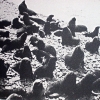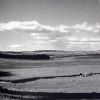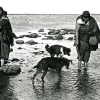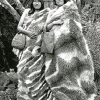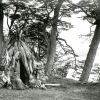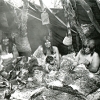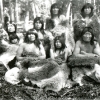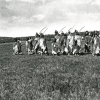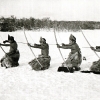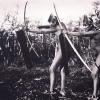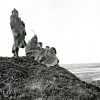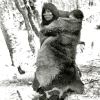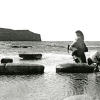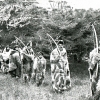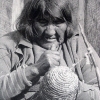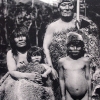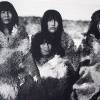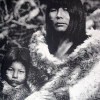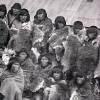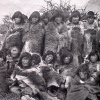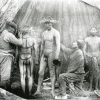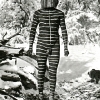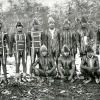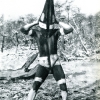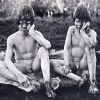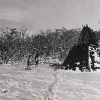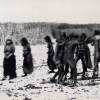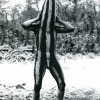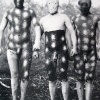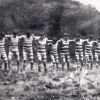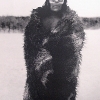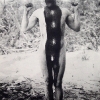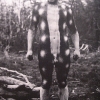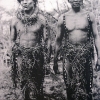Historia
Chile’s Selk’nam people were also known as the Ona, a Yamana word meaning “northward” or “northern.” They are completely extinct today. The Selk’nam’s first contact with Europeans was with the expedition of Pedro Sarmiento de Gamboa in 1580, but no regular contact was established until 1880, when the European occupation of Tierra del Fuego began, initially in search of alluvial gold and later to take advantage of its extensive plains for sheep ranching. Contact was mainly violent at first, with clashes between the local Selk-nam and gold miners resulting in the capture and rape of native women. In 1883, however, the government issued the first sheep ranching concession for the island’s northern sector. By 1885 the natives were killing the sheep and the colonists began killing the natives. Anglican missionary Thomas Bridges urged the aboriginals to respect the colonists’ property, a request that was incomprehensible to a people who felt entitled hunt to all animals within their territory, whether guanaco or “white guanaco.” The fencing of the sheep ranches severely restricted the movement of the Selk-nam, forcing them into the mountains and forests of the island’s southern region, which led to territorial conflicts with other groups.
Around the same time, the Salesian religious order founded missions on Dawson Island (1889) and on the site of the future city of Río Grande (1896). The policy of concentrating the native population around the missions created the ideal conditions for the spread of infectious diseases, which caused many deaths among the natives from tuberculosis, influenza, pneumonia, measles, scarlet fever and venereal disease. Indeed, the 1880-1905 period could be said to be the final chapter in Selk-nam history. Severely depleted, the surviving population took refuge in the southern part of the island, in the Salesian missions and along the Beagle Channel, near the mission established by Bridges.



